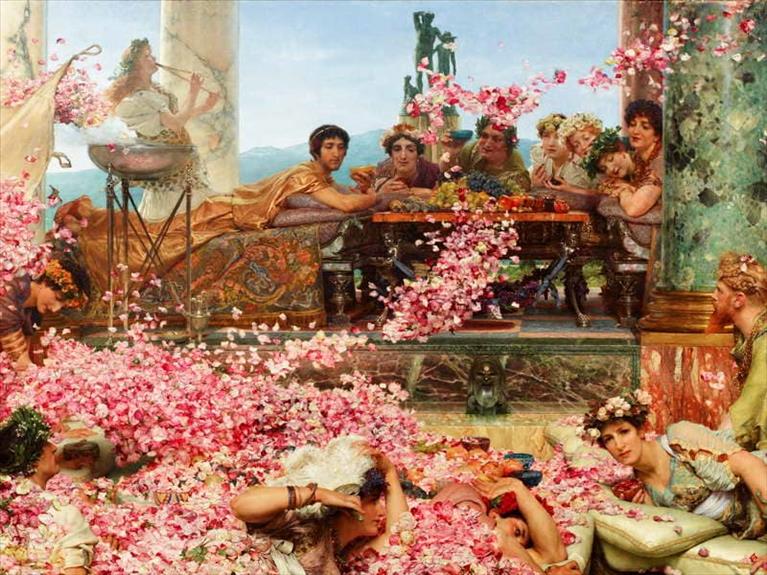Scuola Leonardo da Vinci: Ferragosto Then and Now!
Published Lynne on Friday, August 13, 2021 12:00 AM

The name of the feast of “Ferragosto” derives from the Latin feriae Augusti (rest of Augustus), in honor of Octavian Augustus, the first Roman emperor, from whom the month of August takes its name. It was a period of rest and celebrations, established by the emperor himself in 18 BC, that celebrated the end of agricultural work, dedicated to Conso, who, for the Romans, was the god of the earth and fertility.
Throughout the Empire, parties and horse races were organized, and draft animals, exempted from work in the fields, were adorned with flowers. It was also customary that, in these days, the peasants wished the owners of the land their best wishes and received a tip in return.
In ancient times, as a pagan festival, it was celebrated on 1 August. But the days of rest (and celebration) were many more: even the whole month, with day 13, in particular, dedicated to the goddess Diana.
The recurrence was assimilated by the Catholic Church around the seventh century, when the Assumption of Mary began to be celebrated, a holiday which was then set for August 15.
The holiday also remained during the fascist regime which organized popular trips through the after-work associations. We remember, in particular, the popular “trains of August” with tickets at discounted rates to allow less well-off classes to travel around Italy and reach holiday resorts. The offers were limited from 13-15 August and ranged from formulas of only 24 hours to those that included three days, with maximum journeys of up to 200 kilometers.
The break from work allowed families to organize themselves to go to the sea, the lakes or the river and organize picnics and, after the 1950s, even barbecues.
“In August we eat roast pigeons” says an old popular saying based on an ancient tradition born in Tuscany. Today the roasted pigeon is eaten in almost all of Italy. In Piacenza the variant of the “roast bomb” is known, a dish that includes a rice pie served with pigeon meat, sausage and porcini mushrooms. Among the other dishes there is the classic stewed chicken with traditional Roman peppers.
As for desserts, the Margheritine di Stresa are prepared, that is the biscuits that were traditionally offered to guests by Queen Margherita, on the occasion of the Ferragosto receptions of the Royal House.
Previous Article Promote Your School Next Article



